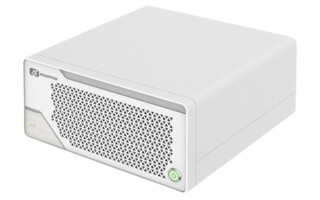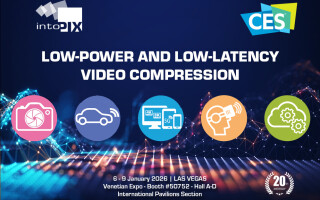Coming to Terms with Service Life Extension
February 18, 2025
Blog

The terms “long life” and “long-term availability” have very different timeframes in the embedded-computing industry as compared to some other market segments. In most cases, the expected operating life is far longer in embedded than it is in other spaces, for a host of reasons.
And service-life extension means keeping an embedded system alive for even longer than its original intended expiration date. More specifically, long life would generally refer to extended availability, reliability, and the support lifecycle of hardware and software components.
Hanging on to equipment for longer time periods is a fairly common practice in manufacturing and automation installations, where operations tend to remain the same over the years. Such practices can significantly reduce a manufacturer’s total cost of ownership by minimizing redesigns, reducing qualification needs, and eliminating disruptions in system uptime.
Applications like consumer, healthcare, and the data center are commonly upgraded by making across-the-board equipment changes. That’s not a common practice in the embedded industry. Upgrades do occur, but wholesale swapping in new equipment and dispensing with old equipment is not a common occurrence. Hence, it’s not unusual to see hardware remain in place in a manufacturing plant or some other automation facility for many decades.
Extending Beyond Expectations
It's also not uncommon for an embedded computer to be in operation far longer than its original intended service life. We often hear stories of deployments that have been in place for 30 years or more, which is far beyond any equipment guarantees.
Extended product availability refers to the manufacturers committing to producing and supporting their hardware for an extended period, sometimes 10 to 15 years or more. In some cases, the manufacturer may continue to make the same products available for that time period. Unfortunately, product availability is sometimes out of their control, as the component suppliers, like the CPU vendors for example, can stop producing a product. In those cases, the manufacturer may provide a “workaround,” or a similar component. In these instances, it’s imperative to ensure backward compatibility with legacy systems, minimizing redesign costs when updating or upgrading components occurs.
When it comes to reliability and durability for long life, components must meet a predefined set of performance and environmental standards, with the ability to function reliably in harsh conditions, which may include extreme temperatures, vibrations, and electromagnetic interference.
Lifecycle management is another key area for longevity. Just like it’s important to change your car’s oil on a regular basis, comprehensive support, including firmware updates, security patches, and technical assistance, are all critical to maintaining system functionality and security throughout its operational life.
Service-life extension is becoming a common request from embedded computer clients. Note that in many cases, that extension is not always about a specific product, but has more to do with the services and the value that the supplier can provide.
Surprisingly, many OEMs don’t offer such services. Rather, they explain that a product is being “sun-setted” or “end-of-lifed.” Such terms can leave the customer painted into a corner, so to speak. Hence, a vendor like WINSYSTEMS often hears from its competitors’ customers, who are looking for a product with equivalent capability, but one with an extended lifetime. That customer has an investment that needs to be protected and oftentimes, they have built their entire architecture around this now obsoleted product, and they don’t have the in-house expertise to do the necessary workarounds.
There are cases where an upgrade simply means plugging in a new COM module, but those examples are the exception, not the norm. New COMs, even from the same manufacturer, can have subtle differences that must be addressed.
Sometimes Change Is Inevitable
The most common reasons for “staying the course” with existing equipment include the high cost of replacement hardware, the high cost of documentation for new equipment, and the potential need to recertify the system if required by the application. For example, medical devices go through a rigorous certification process. Any changes, even minor alterations, could require the system to be completely re-certified, which can be lengthy and expensive, something the OEM would like to avoid.
It’s sometimes possible to find replacement components from a vendor that holds a large inventory. You’ll likely pay a premium, but that’s likely more cost effective than re-architecting an entire system, or even deploying a new board. It would also help the OEM avoid a re-certification.
The same concepts should be embraced on the software side as well. Like the hardware, making software changes could result in the need for re-certification. And that too can be expensive.
Always Looking Forward
It also behooves the OEM to “think ahead” for its customers, making component purchases when semiconductor makers announce that products won’t be sold any longer. Some OEMs are reluctant to do that because it requires a large investment. At the same time, they may be thinking they’d rather move the customer on to a newer product than try and extend the life of an existing product.
The bottom line is that when you’re selecting an embedded computer vendor, look beyond the current technology and certainly the current price of a system. There are so many other intangibles that add value, including obsolescence management. At WINSYSTEMS, we work hard to protect our customers’ investments.





